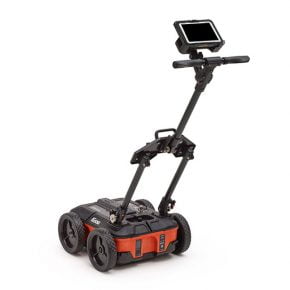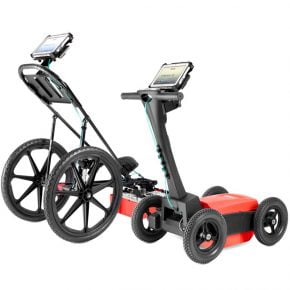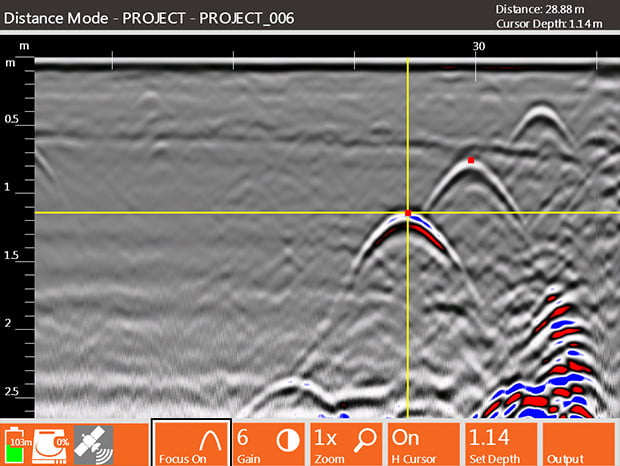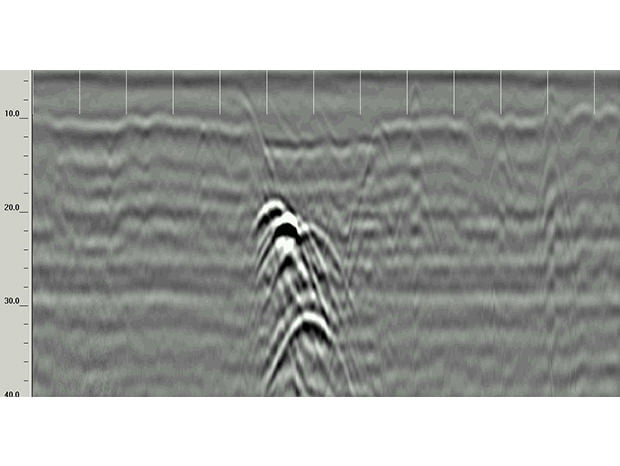Utility Locating & Mapping
Utility Locating & Mapping
Utility locators, construction professionals, environmental firms and land surveyors need to know about underground assets prior to digging and trenching efforts. Learn more about how our ground penetrating radar (GPR) utility systems help locate and map metallic and non-metallic underground utilities and subsurface characteristics.
Utility locating
- Utility Locating
- Voids
- Duct Banks
Utility Mapping and SUE
- Utility Mapping
- Subsurface Utility Engineering












